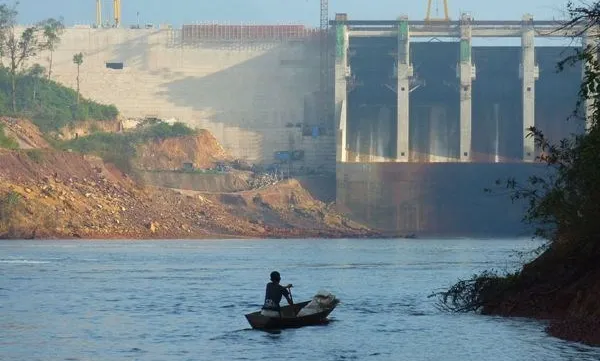Potential impacts of Lao Pak Lay hydropower project discussed in Hanoi

The Pak Lay project is proposed to be located on the Mekong mainstream in the Pak Lay district of Xayaburi province, about 1,615km from the Mekong Delta of Vietnam that sits at the end of the river.
It will be the fourth of its kind in Laos and among the 11 hydropower projects to be built on the Mekong mainstream across Laos and Cambodia. Its construction is scheduled to start in 2022 and be completed in 2029.
Chief of the VNMC Office Le Duc Trung said the consultation aims to look into the impacts of the project’s activities and the Mekong River Commission (MRC) Secretariat’s technical assessment report so as to collect the opinions of relevant parties on the project.
Based on the investor’s impact assessment report, the VNMC perceived that about 25 million people residing along the Mekong River corridor, from the Pak Lay project’s location to the East Sea, are be likely to be under cross-border cumulative impacts.
Among them, there will be about 12.5 million people in the Mekong Delta region of Vietnam under both positive and negative mid-level, long-term impacts.
The investor proposed some solutions, but it has yet to work out measures to mitigate such cross-border impacts, the VNMC said.
Nguyen Dinh Dat, an expert at the VNMC, said the Pak Lay hydropower project will influence the river’s flow, the saline intrusion situation, sediment deposition, water quality, aquatic resources, and waterways transport in the Mekong Delta.
Notably, if all 11 hydropower dams are built, the total water flow will drop by almost 49 percent over a 10-day period and over 27 percent during a month in Tan Chau town and Chau Doc city, two localities of An Giang province located respectively on the Tien and Hau rivers – the two main branches of the Mekong River in Vietnam.
Such an impact has been assessed as serious, Dat said, adding that it will cause saltwater to penetrate by a maximum of 10.5km deep into the land surrounding the Tien and Hau rivers, thus affecting cultivation activities in the dry season.
At the meeting, participants proposed the MRC Joint Committee ask the investor to amend the project’s design, monitor possible impacts, and take measures to mitigate the adverse effects of the Pak Lay hydropower project.
Tags:





